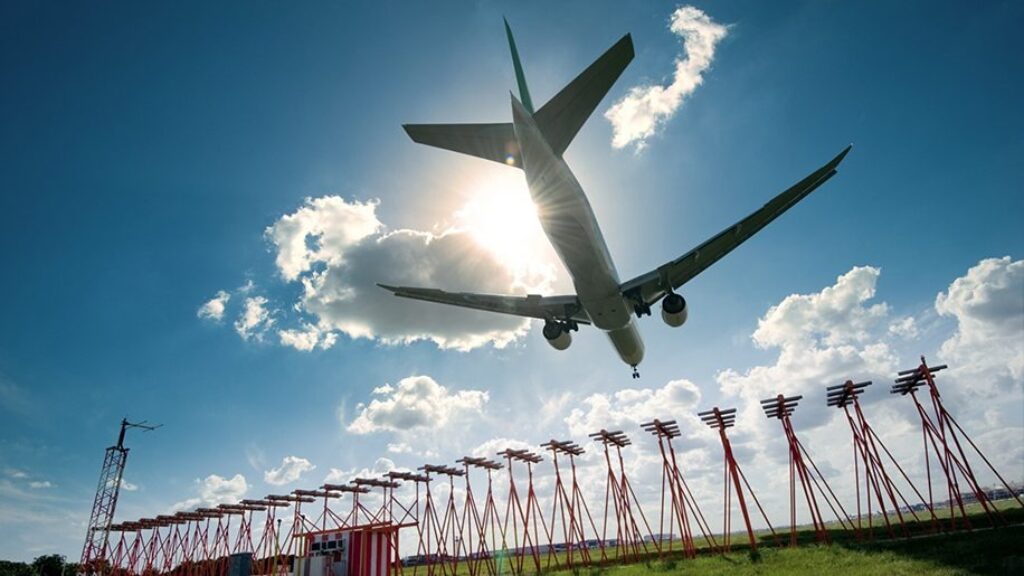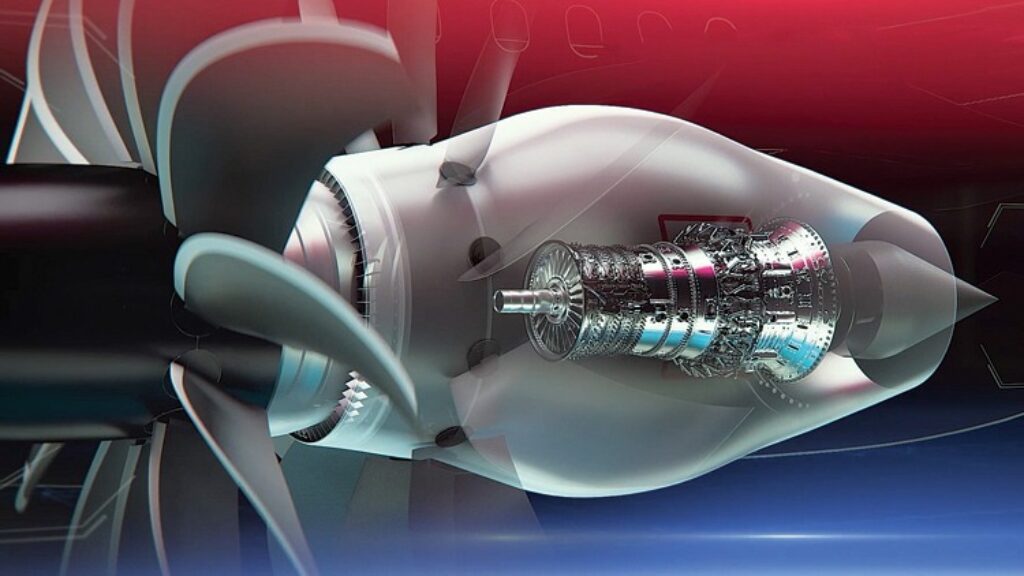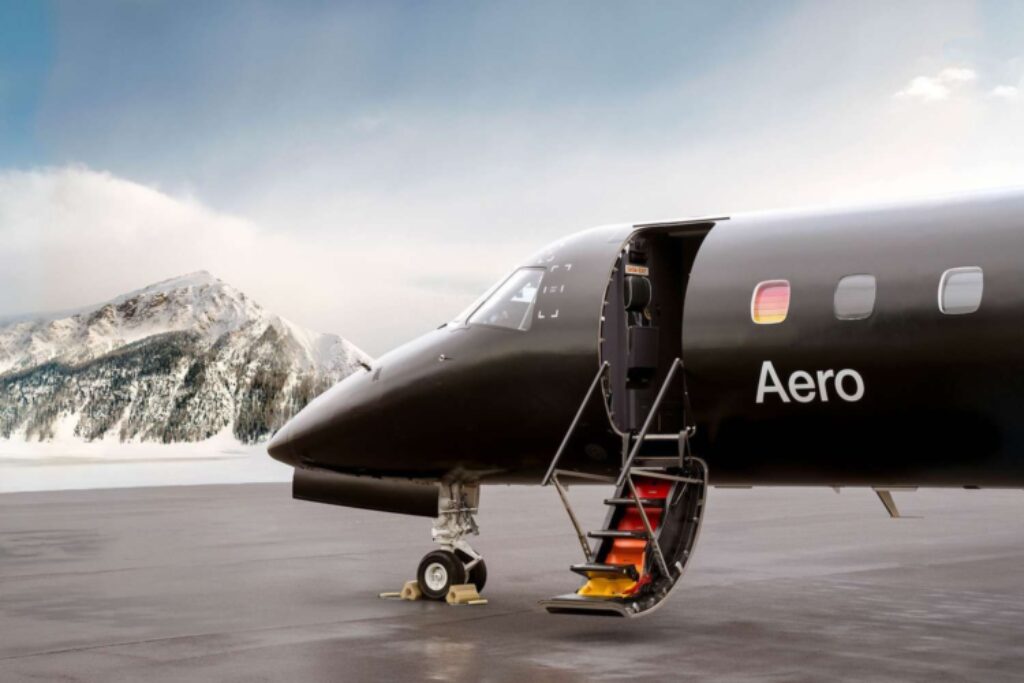Welcome to “Exploring the World of Aviation: A Beginner’s Guide”! In this guide we will take you on a journey through the fascinating realm of aerospace, where man has accomplished remarkable feats of engineering and exploration. Whether you’re interested in airplanes, rockets, or the vast expanse of space, this guide will give you a comprehensive introduction to aerospace.
Fundamentals of aerospace
- Discover the historic milestones that paved the way for modern aerospace technology.
- Learn about the principles of flight and the fundamental concepts behind the design of aircraft and spacecraft.
- Explore the different types of aircraft, from airliners to military jets and private planes.
aerospace engineering
- Learn more about the world of aerospace engineering and the various disciplines involved.
- Understand the aircraft and spacecraft design process, including aerodynamics, propulsion, structures, and systems.
- Know the materials and technologies used in aerospace manufacturing.
Rockets and space exploration
- Delve into the realm of space exploration and the engineering marvels behind rockets.
- Learn about the history of human spaceflight and the challenges of reaching space.
- Explore the different types of rockets and their applications, from satellite launches to interplanetary missions.
The future of aerospace
- Take a look at the exciting advances that are looming on the horizon in the aerospace industry.
- Learn about emerging technologies such as reusable rockets, hypersonic flight and space tourism.
- Discover the potential of interplanetary colonization and exploration of other celestial bodies.
Aerospace careers
- Explore diverse career opportunities in the aerospace industry, from engineering to design, research to operations.
- Learn more about the training courses and skills necessary to pursue a career in the sector.
- Discover the organizations and companies at the forefront of aerospace innovation.
In this guide, we will provide you with clear explanations, compelling stories and practical examples to make the world of aerospace accessible and engaging. Fasten your seat belts, hold on tight and set off on this thrilling journey into the boundless sky and beyond!
- The basics of aerospace
1.1 Early Pioneers: The Birth of Flight
The Wright brothers and their historic enterprise
Contribution from other aviation pioneers
1.2 Principles of Flight: Understanding how planes fly
Lift, drag, thrust and weight: The four forces of flight
Bernoulli’s principle and its role in lift generation
Newton’s laws and their application to aviation.
1.3 Evolution of aircraft design
The first planes: Biplanes, monoplanes and beyond
Introduction of aerodynamic shapes and aerodynamic improvements
The impact of materials and production progress
1.4 Aircraft Types: Exploring the Skies 1.4.1 Commercial Aircraft: Connecting the World – Airliners and their role in global transportation – The growth of air travel and its impact on society.
impact on society and economy 1.4.2 Military Jets: Defend the Skies – Fighters and their capabilities – Bombers, reconnaissance and other military aircraft 1.4.3 Private Aircraft: Custom Aviation – General Aviation and its various categories – Business jets and private planes
1.5 Aerospace industry: Key players and contributions
Major aerospace companies and their role in the industry
Collaborations and partnerships for the progress of the aerospace industry
Government agencies and their influence on aerospace development

These subheadings provide a structured outline for the Aerospace Industry Fundamentals chapter, covering topics such as the early pioneers of flight, the principles of flight, the evolution of aircraft design, the different types of aircraft, and the key players in the aerospace industry. Feel free to expand or modify these subheadings to meet your specific needs and the level of detail you wish to include in your guide.
- aerospace engineering
2.1 Introduction to aerospace engineering: A multidisciplinary field
Definition and scope of aerospace engineering
Distinction between aeronautical and astronautical engineering
Interdisciplinary nature of aerospace engineering
2.2 Aerodynamics: The science of airflow
Fundamentals of fluid mechanics and aerodynamics
Design of airfoils and generation of lift
Drag reduction techniques and aerodynamic optimization
2.3 Propulsion systems: From jet engines to propulsion rockets
Jet engines: Turbojets, turbofans and turboprops
Rocket engines: Solid and liquid propulsion systems
Thrust generation, efficiency and performance considerations
2.4 Structures and materials: Building for strength and efficiency
Structural design principles and load considerations
Materials used in aerospace engineering: metals, composites and alloys
Lightweight construction and structural integrity
2.5 Systems and avionics: Integration and control
Aircraft and spacecraft systems: electrical, hydraulic, and mechanical
Avionics and flight control systems
Human-machine interfaces and automation in the aerospace sector
2.6 Design process and methodologies
The engineering design process in the aerospace industry
Conceptual design, analysis and prototyping
Verification, testing and certification
2.7 Aerospace manufacturing and production

Production techniques and processes
Quality control and assurance in aerospace manufacturing
Lean manufacturing and efficiency optimization
These subheadings provide a comprehensive overview of key aerospace engineering topics, including aerodynamics, propulsion systems, structures and materials, systems and avionics, design process, and manufacturing considerations. You can further expand or edit these subheadings based on the specific aspects of aerospace engineering you want to cover in the guide.
- Rockets and space exploration
3.1 From Earth to Space: A Brief History of Human Spaceflight
Early developments in rocketry and space exploration
The space age and the first manned flights into space
Space Exploration Milestones: Moon Landing, Space Stations and Beyond
3.2 The basics of rocketry: How rockets work
Rocket components: Engines, propellants and structures
Newton’s laws and the principles of rocket propulsion
Stages and multistage rockets
3.3 Launch vehicles: Carrying payloads into orbit 3.3.1 Satellite launchers: Communication and observation – Geostationary satellites and communication networks – Satellites for Earth observation and remote sensing applications 3.3.2 Human spaceflight: En route to the stars – Manned spacecraft and launch systems – Orbital rendezvous, docking and re-entry
3.4 Interplanetary missions: Probing the solar system and beyond
The exploration of other planets and celestial bodies
Robotic missions and their scientific discoveries
Challenges and considerations for interplanetary travel
3.5 Space Exploration Challenges: Microgravity, Radiation, and More
Effects of microgravity on humans and technology

Radiation protection in space
Life support systems and support for the human presence in space
3.6 The Future of Space Exploration: Colonization and Beyond
The colonization of space and the vision of human settlements on other planets
Deep space exploration and missions to asteroids and beyond
Interstellar travel and the search for extraterrestrial life
These subheadings provide an outline for the discussion of rockets and space exploration, covering the history of human spaceflight, rocketry principles, satellite launch vehicles and human spaceflight, interplanetary missions, space exploration challenges and the future of space exploration. You can customize or further expand these subheadings to align with the specific topics and depth you want the guide to cover.
Conclusion
In conclusion, “Exploring the World of Aviation: A Beginner’s Guide” provides a comprehensive overview of the fascinating realm of aerospace. Throughout the guide we took a journey through the basics of aerospace, delved into the principles of flight, explored various types of aircraft and delved into the field of aerospace engineering.
We also ventured into the realm of rockets and space exploration, learning the history of human spaceflight, rocket mechanics, and the exciting possibilities of interplanetary missions. We discussed the challenges and considerations of space exploration, including the effects of microgravity, radiation protection, and maintaining a human presence in space.
We’ve also glimpsed the future of aerospace, with advances like reusable rockets, hypersonic flight, and space tourism on the horizon. We contemplated the potential of interplanetary colonization and exploration of other celestial bodies, as well as the emerging technologies that are shaping the industry.
Finally, we explored the diverse career opportunities in the aerospace industry, highlighting the educational backgrounds and skills needed to pursue a career in this dynamic field. We also recognized the contributions of key players in the aerospace industry, both at the organizational and individual levels.
“Exploring the World of Aeronautics: A Guide for Beginners” serves as an introduction to the vast and fascinating world of aerospace, inspiring readers to further explore and engage in this exciting field. Whether your interest is in planes, rockets, or the mysteries of outer space, this guide provides a solid foundation for your journey to the boundless sky and beyond.



